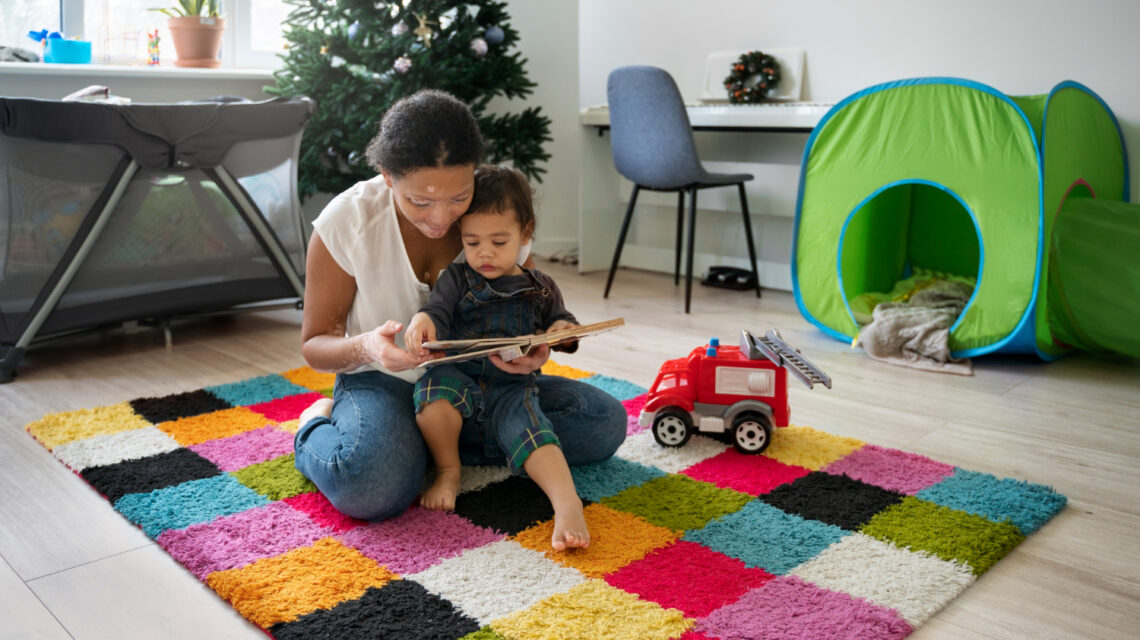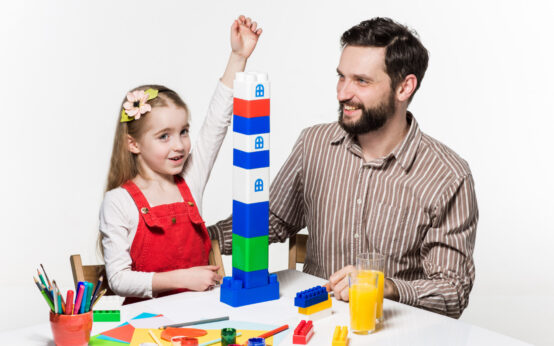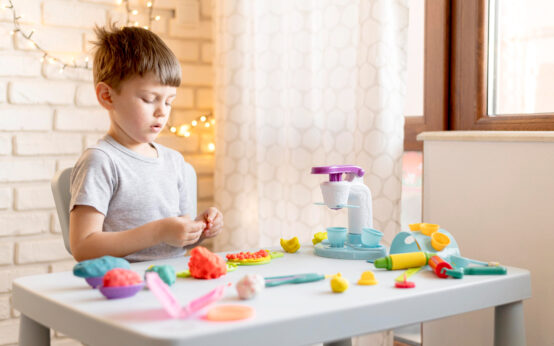Introduction
Autism is a complex neurodevelopmental disorder that affects individuals in various ways. Sensory sensitivities, difficulties with communication, and a need for routine are just some of the characteristics that individuals with autism may experience. As a result, it’s essential to create a home environment that is supportive and accommodating to their unique needs. In this article, we’ll explore six easy ways to make your home autism-friendly, taking into account the challenges that autistic individuals may face.
Sensory-Friendly Design
Many autistic individuals are sensitive to sensory stimuli, such as loud noises, bright lights, and crowded spaces. To create a autism-friendly home, consider the following design elements:
- Lighting: Use soft, natural lighting whenever possible. Avoid fluorescent lights, which can be harsh and overwhelming for some individuals. Consider installing dimmer switches to adjust the brightness of the lights in different rooms.
- Colors: Choose calming, neutral colors for the walls and decor. Avoid bright, bold colors that may be too stimulating for some individuals.
- Furniture: Opt for comfortable, supportive furniture with soft textures. Avoid furniture with sharp edges or hard surfaces, as these can be uncomfortable or even painful for some individuals.
- Sound: Minimize noise by using sound-absorbing materials, such as carpets, rugs, and curtains. Consider using noise-canceling headphones or earplugs for individuals who are particularly sensitive to sound.
- Space: Create designated quiet areas where individuals can go to relax and decompress. This could be a cozy reading nook, a comfortable chair in a corner of the living room, or a private study area.
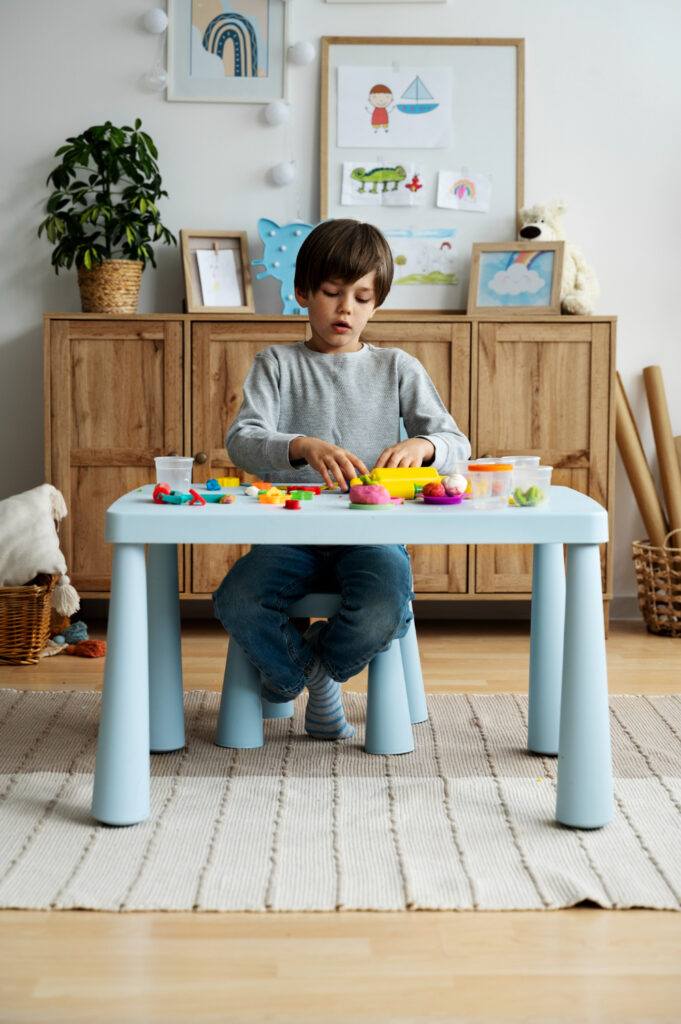
In the embrace of an Autism-Friendly Home, walls echo with understanding, floors support every step of the journey, and windows open to endless possibilities.
Harmony Haven
Establish a Routine
Routine is essential for many autistic individuals, as it provides a sense of predictability and stability. To establish a routine in your home, consider the following:
- Set consistent times for meals, bedtime, and other daily activities.
- Use visual schedules or calendars to help individuals understand and anticipate what will happen next.
- Be flexible and understanding when unexpected changes occur. Provide reassurance and support during transitions.
Provide Opportunities for Alone Time
Autistic individuals often need time alone to recharge and decompress. To create opportunities for alone time in your home, consider the following:
- Designate a quiet space where individuals can go to relax and unwind.
- Encourage individuals to engage in activities that they enjoy and find calming, such as reading, drawing, or listening to music.
- Respect individuals’ need for privacy and personal space.
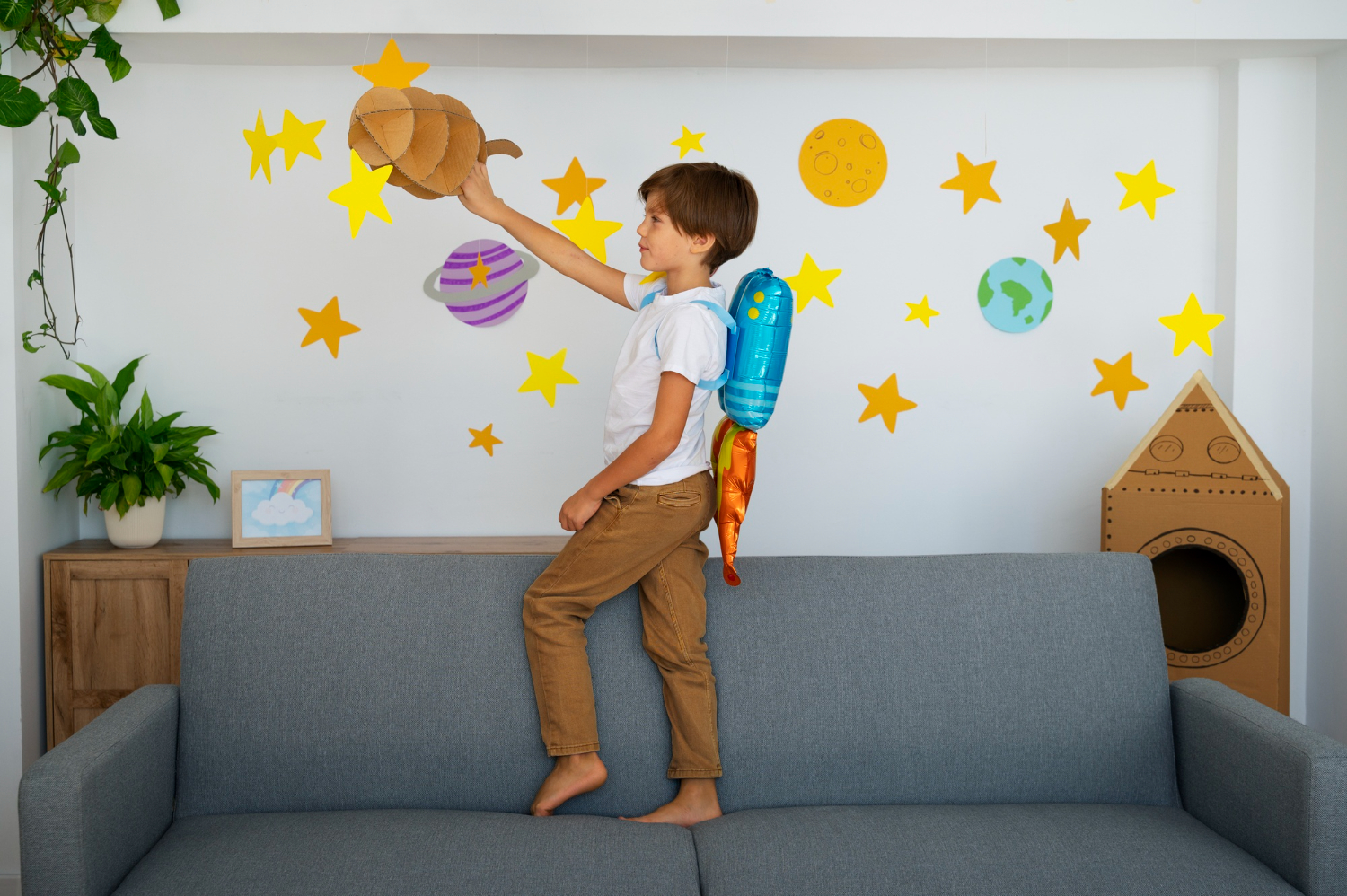
Offer Familiar Foods
Many autistic individuals have strong preferences for certain foods. To make mealtimes more enjoyable, consider the following:
- Offer a variety of familiar foods that individuals enjoy. Avoid introducing new or unfamiliar foods without first discussing it with them.
- Be mindful of individuals’ sensory preferences and sensitivities. For example, some individuals may prefer soft or crunchy textures, while others may be sensitive to strong flavors or smells.
- Create a calm and relaxed atmosphere during mealtimes. Avoid rushing or pressuring individuals to eat quickly.

Minimize Sensory Overload
To minimize sensory overload in your home, consider the following:
- Use noise-canceling headphones or earplugs to reduce noise.
- Dim the lights or use blackout curtains to reduce visual stimulation.
- Avoid strong smells or use air purifiers to reduce odors.
- Provide individuals with a quiet space where they can go to escape sensory overload.

Be Flexible and Understanding
Finally, be flexible and understanding when it comes to supporting individuals with autism in your home. Consider the following:
- Be patient and supportive during challenging moments. Offer reassurance and help individuals calm down.
- Be open to trying new strategies and techniques to support individuals’ needs.
- Seek support from professionals, such as therapists or counselors, if needed.
Conclusion
In conclusion, creating an autism-friendly home is about understanding and accommodating the unique needs of individuals with autism. By considering sensory sensitivities, establishing routines, providing opportunities for alone time, offering familiar foods, minimizing sensory overload, and being flexible and understanding, you can create a supportive and comfortable environment for individuals with autism in your home.
Source
- American Psychiatric Association. (2013). Diagnostic and statistical manual of mental disorders (5th ed.). Arlington, VA: American Psychiatric Publishing.
- Autism Speaks. (n.d.). What is autism? Retrieved from https://www.autismspeaks.org/what-autism
- Grandin, T. (2009). The way I see it: A personal look at autism and Asperger’s. Future Horizons.
- Hurlbutt, K., & Chalmers, L. (2002). Adults with autism speak out: perceptions of their life experiences. Focus on Autism and Other Developmental Disabilities, 17(2), 103-111.
- National Autistic Society. (n.d.). Understanding sensory processing. Retrieved from https://www.autism.org.uk/about/behaviour/sensory-world.aspx
